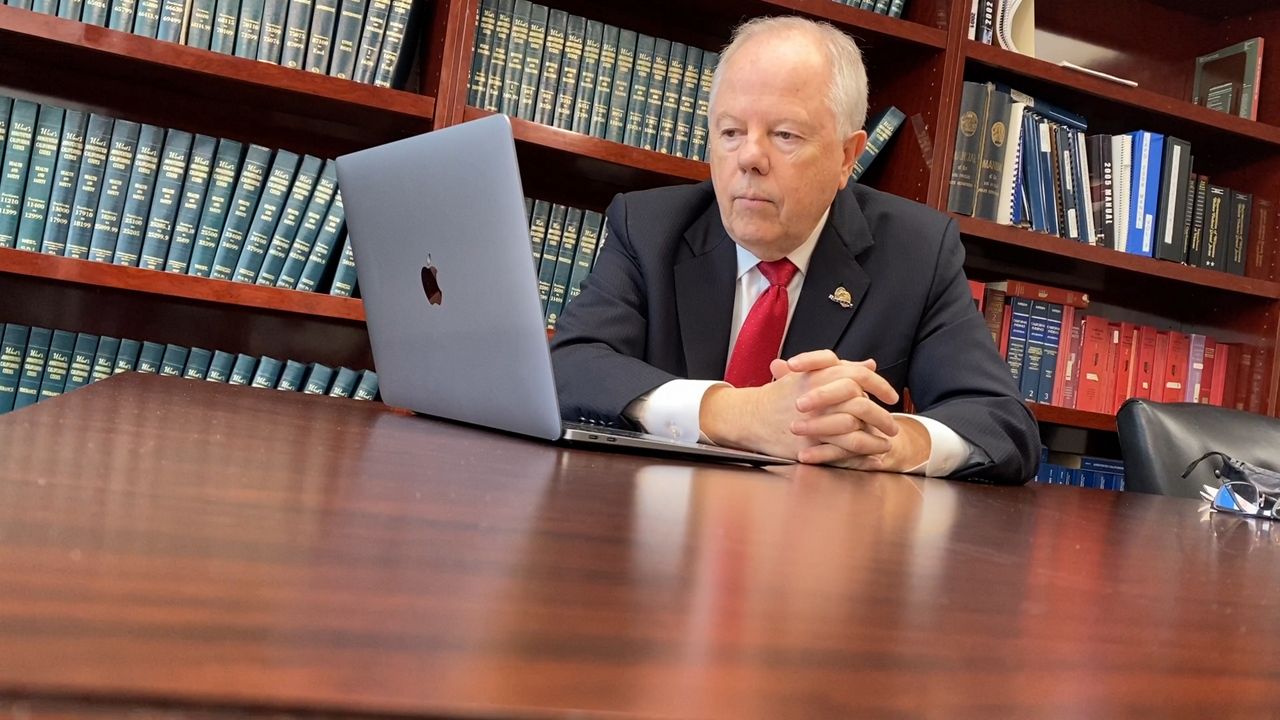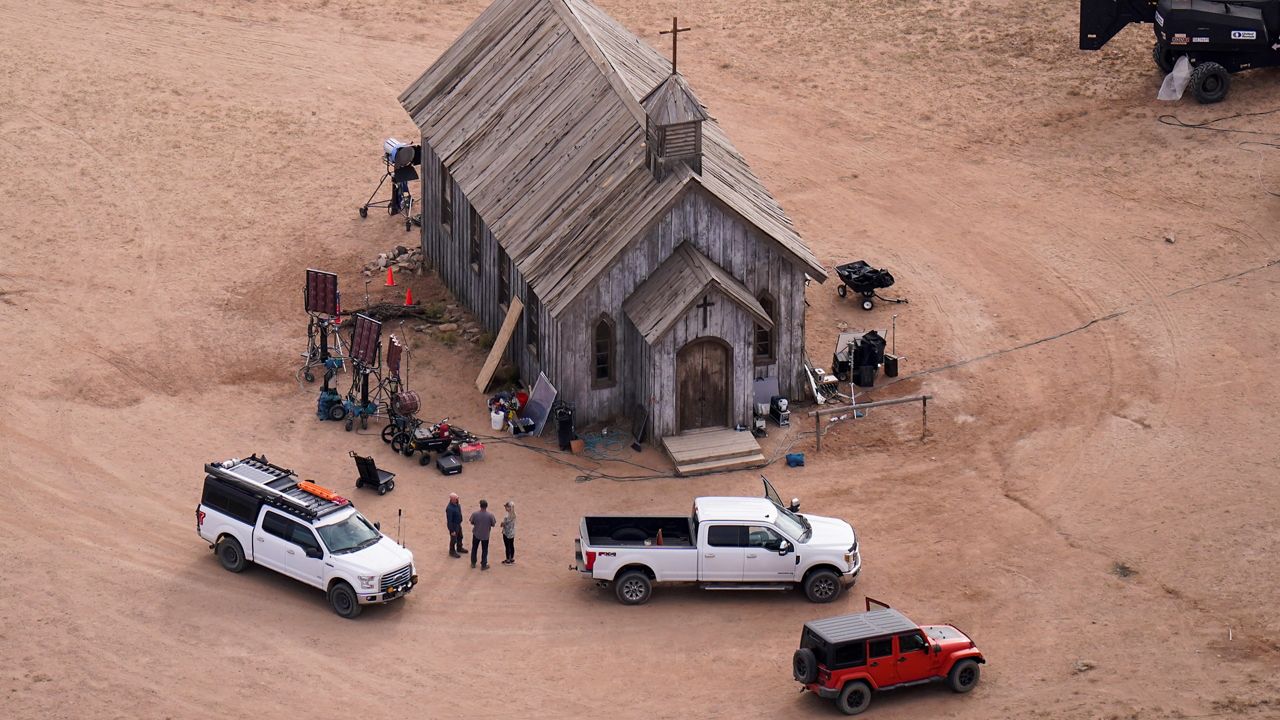LOS ANGELES — The union for the Los Angeles Police Department officer who opened fire on an assault suspect in North Hollywood, killing him and an innocent teenager hidden behind a wall, is defending his actions. The Dec. 23, 2021, incident made international news and brought scrutiny to the officer’s training, the gun he used and whether shooting was justified.
On Saturday, a group of demonstrators marched from the Burlington store where the incident occurred to the LAPD’s North Hollywood station to demand justice over the killing of Valentina Orellana-Peralta. On Monday, Reverend Al Sharpton will deliver the eulogy at her funeral.
When Officer William Dorsey Jones, Jr. heard the radio call that an armed man had fired shots inside a North Hollywood Burlington store, his active shooter training kicked into gear, according to Larry Hannah, an attorney with Jones’ union, the Los Angeles Police Protective League.
At least two 9-1-1 callers falsely reported the suspect was armed with a gun and they heard him open fire, according to audio released by the Los Angeles Police Department.
“When you have an active shooter, every second counts,” said Hannah.“When you have an active shooter, every second counts,” said Hannah. He says officers are trained to quickly “neutralize” the active shooters to stop or avoid a mass casualty event.
Body camera video released by LAPD shows Jones moving past other officers, including one holding a “less-than-lethal” gun, to confront the suspect. Another officer repeatedly says “slow down, slow down.”
Hannah said the statement wasn’t a direction to Jones, but a mantra the officers are trained to repeat when they look for an active shooter.

As another officer shouts “Hold up, Jones!”, he opened fire, shooting and killing the suspect. One bullet traveled through the wall, killing 14-year-old Valentina Orellana-Peralta, who was hugging and praying with her mother.
A bike lock was the only weapon recovered from the suspect. There was no active shooter.
Activist Albert Corado knows the pain Orellana-Peralta’s family is feeling all too well. The news took him back to the Silver Lake Trader Joe’s, where his sister, Mely Corado, was killed by LAPD officers aiming at a suspect.
“They’re doing the same thing. The protocol is the same. It’s shoot first, ask questions later,” said Corado, who is currently suing the department over the shooting. The officers who opened fire were later found by the district attorney to have acted lawfully and the suspect, Gene Atkins, was charged with murder for sparking the chain of events that lead to Corado's sister's death.
Corado believes there should be consequences for officers who take an innocent life, even if they were following the department’s training.
“Once the media attention dies down, once the family goes back home, they are left with the harsh reality that they are going to have to live without this person,” he said.
Former Los Angeles County sheriff’s deputy David Kim showed Spectrum News 1 the rifle configuration used by Officer Jones in the shooting, explaining many departments use the AR-15 for distance and accuracy.
“I’ve been out to a crime scene over 150 times in my career working in the crime lab and I’ve seen handgun rounds go through the wall, shotgun pellets go through the wall and rifle rounds go through the wall,” Kim said.
But while Kim noted in his 25-year career he persuaded multiple suspects to drop their weapons without opening fire, he declined to criticize Jones, who engaged the suspect immediately, before giving him an order.
“The officer made the decision to shoot at the time, that’s his decision” Kim said. “I cannot really criticize the scene itself without me being there.”
Officer Jones is currently on leave, living with his deadly mistake. The teenage victim was the same age as the kids he mentored through his charity and coached as a volunteer at Valencia High School.
“Officer Jones is the kind of officer any jurisdiction in this country, any police department, would love to have,” Hannah, the union lawyer, said. “He’s the kind of officer you really want.”
In this case, the union isn’t calling for different training or a change in policy, calling it a tragic accident.









